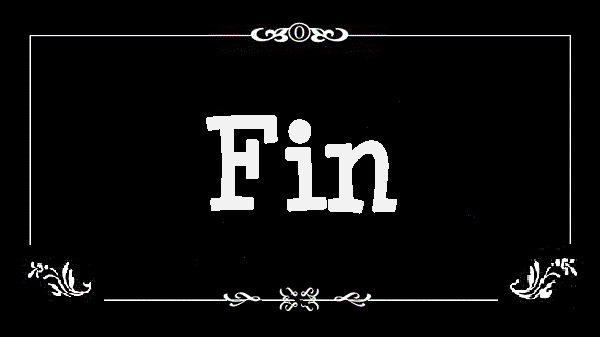
Welcome to the final installment of my 4-part series: A LOOK AT A BOOK: Marketing a Book
First, if you want to look at parts 1-3, here they are:
Now onto Part 4: Marketing a Book
Marketing is used to SELL your book. Period.
The question becomes, what methods do you want to use to market your book?
There are 4 types that I like to categorize the following way:
- STRAIGHT-IN-YOUR-FACE
- REDIRECT
- TRICKY-TRICKY
- WELL NOW YOU’RE JUST LYING
Let’s begin with STRAIGHT-IN-YOUR-FACE.

This category is when an author says : HI! My name is so-and-so. I have a book out. It’s INSERT GENRE. It costs THIS MUCH. Here’s where you can buy it.” Straight forward and to the point. Seems like the most direct route to purchase someone’s book.
Upsides: Everything is right there, out in the open. If someone wants to buy your book, they will. You get a direct sale, you don’t have to interact with the person any more than that, and everyone gets what they want.
Downsides: If done too often, readers get tired of seeing/hearing you talk about your book. If they didn’t buy it the first 3 times, 20 more times won’t do anything except make them angry you talk about nothing else but your book. They will eventually ignore or block your posts, as you are not interacting with them as anything more than a consumer.
My opinion: I think STRAIGHT-IN-YOUR-FACE is great for the week before and after your book has been released. Then, I wouldn’t recommend doing it anymore than once every two or three months. This includes in person or on social media.
Category #2: REDIRECT

This category is similar to a magician’s card trick or rabbit-in-a-hat. Some minor entertainment, a little misdirect, and the reader knows they are seeing the end product, even though they may not be exactly sure how they got there.
For example: Many authors use plots from their books and associate it with real life. I know an author whose romance novel revolves around a tennis star. The author used famous tennis tournaments as a stepping stone to advertise his book. Remarks about scores or how hard a defeat must feel transitioned into how his main character could relate. The reader is then starting with someone they are interested in (TENNIS) and all the sudden they are connected to a product (THE BOOK). This causes a connection between what they like and how that might be in what they could buy.
Upsides: Fun facts in real life compared to your book keeps the reader relating to your characters. It targets readers who are interested in the same subject as your book, it makes you think outside the box, and it keeps your posts from being boring.
Downsides: If done too often, readers come to think that you are only doing it to get them to buy your book, instead of actually caring about the subject you’re talking about.
My opinion: This is one of the easiest options, although more difficult the more fantastic/other worldly your stories are. Totally acceptable about once a month and especially good if your book’s publishing date revolves around a specific event.
Category #3: TRICKY TRICKY

This starts to get a little devious. It’s a way to advertise/market your book by not TECHNICALLY telling a lie, but by changing the parameters of your information to make things SEEM different then they are.
For example: Movies are a great example. They take partial samples from reviews and only post that, even if the rest of the review stinks. Like “…terrific…” –New York Times. The whole review may have said “Even though the cover was terrific, the rest of the book left readers wanting.” Now technically this isn’t lying–it’s not even taking something that out of context. But it is misleading to the reader.
Upsides: You can impress potential readers by streamlining/targeting them with specific high points about your book. You can make sure people only see the positives about your book. Besides, sometimes a reviewers opinion is just opinion. That shouldn’t take away from the possibility of others enjoying your book.
Downsides: If someone checks up on you, watch out. People love to reveal cheaters, tricksters, and con artists. Though you are not technically doing so, readers will get angry and may even boycott/ post about you and what you’ve done, deterring other potential readers.
My opinion: IF you are going to do this option, be very VERY careful about what you choose to post. I would always keep in mind that people can look up the facts, so make sure if you choose this option, you are covered if someone checks up on you. If in doubt, don’t do it. You may miss out on using a high-profile reviewer, but it may not be worth the backlash.
Category #4: WELL NOW YOU’RE JUST LYING

Sigh. Just… just don’t do it. I’ve seen authors try. The lie always comes out. It may get you more sales right away, but your name will then be mud, and future sales will vanish. Don’t put “Bestseller!” on your cover if it wasn’t a bestseller. I’ve seen author alerts on comments, reviews, etc.
Marketing as a whole can be free or paid for. You can do it yourself or hire others to do it for you. The angle you choose is your own, but it will always reflect upon you as an author. I have used multiple strategies myself and have given you opinions based on my own successes and failures.

I hope you enjoyed this final segment of A LOOK AT A BOOK.
For writers: I hope this has helped you learn something from start to finish.
For readers: Maybe you’ve gained some insight into how much work, money, and time goes into the process of creating and selling our books.

interesting and entertaining series, christa. thanks for the info!